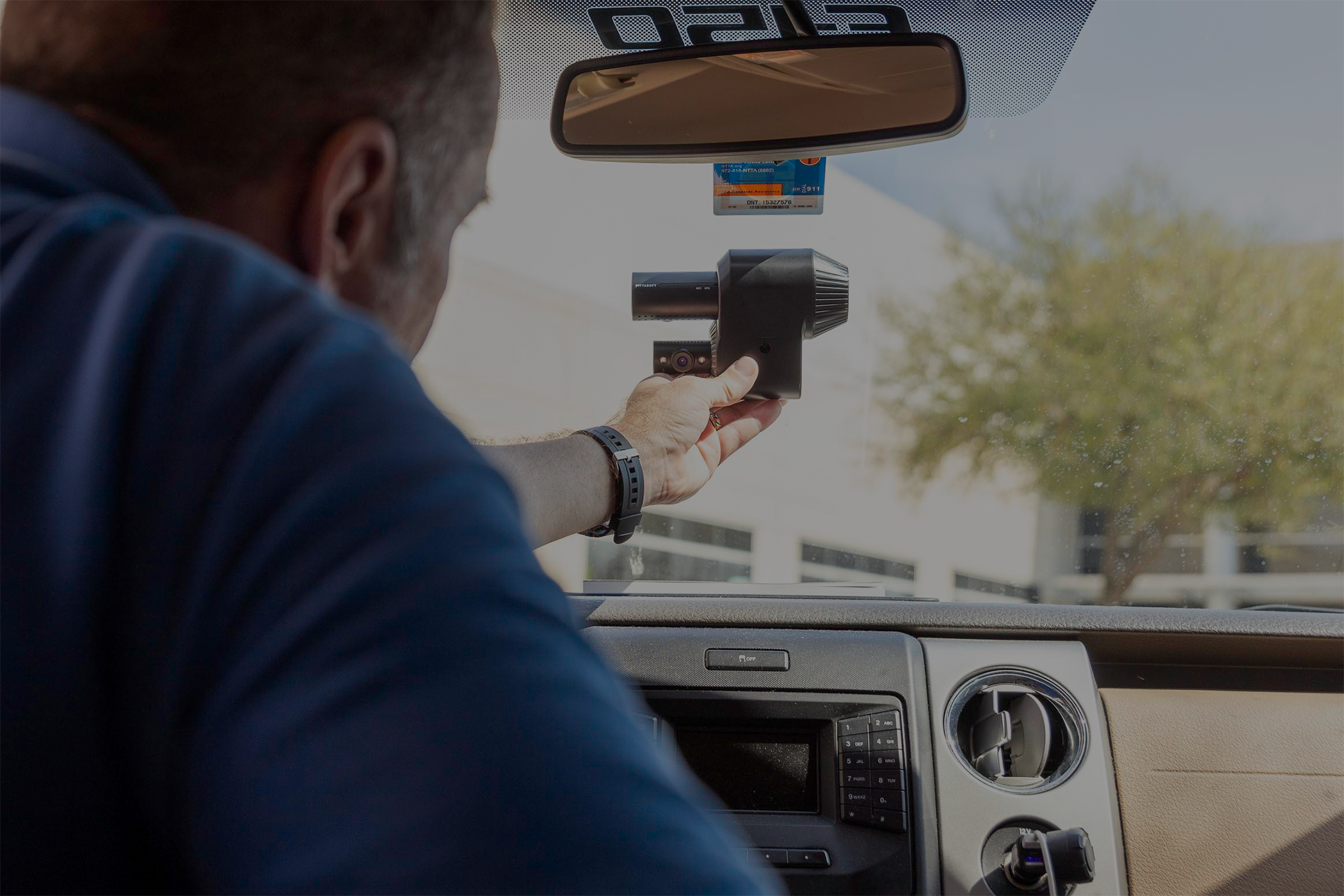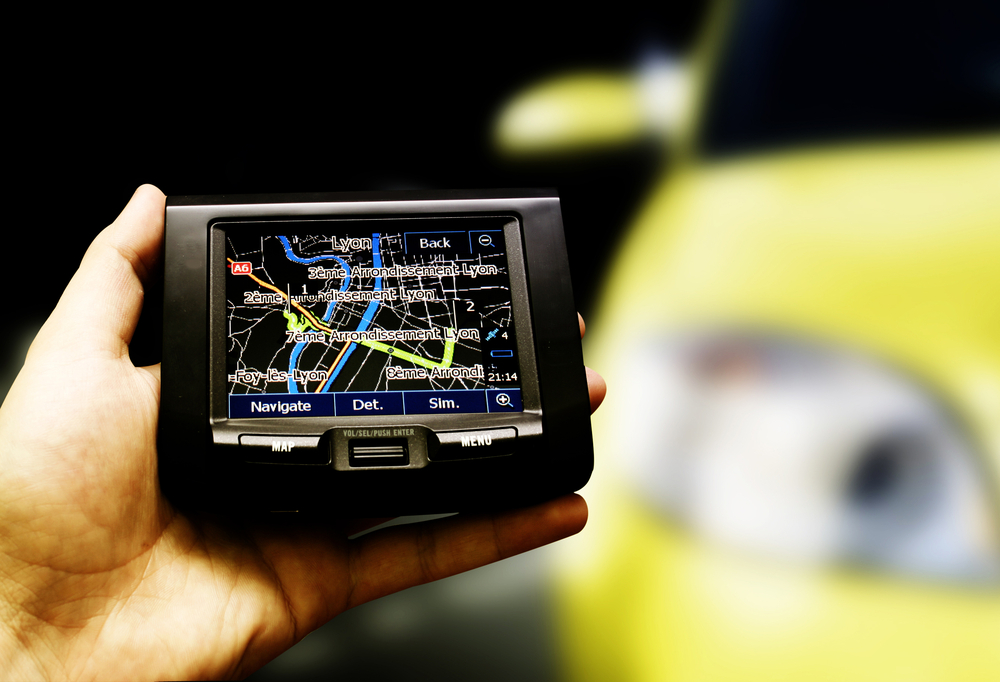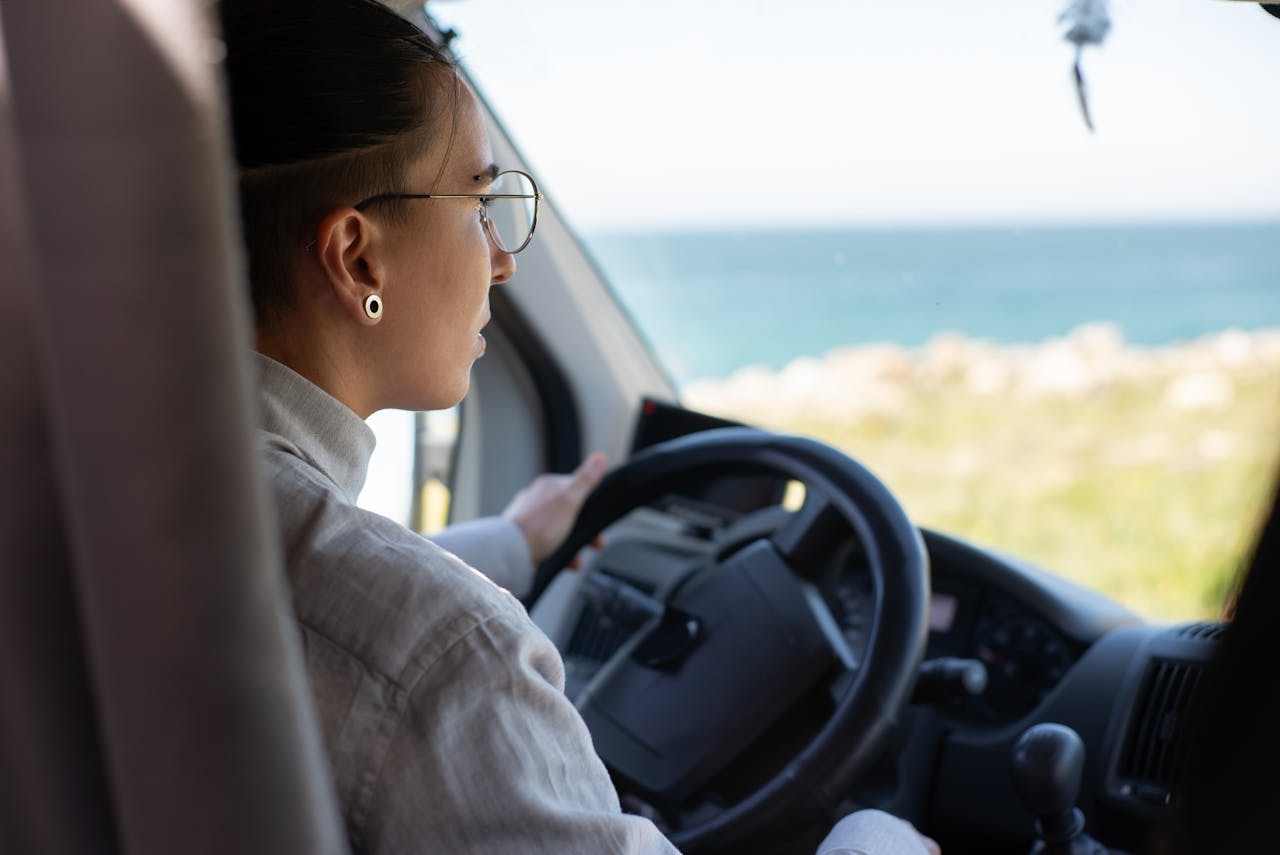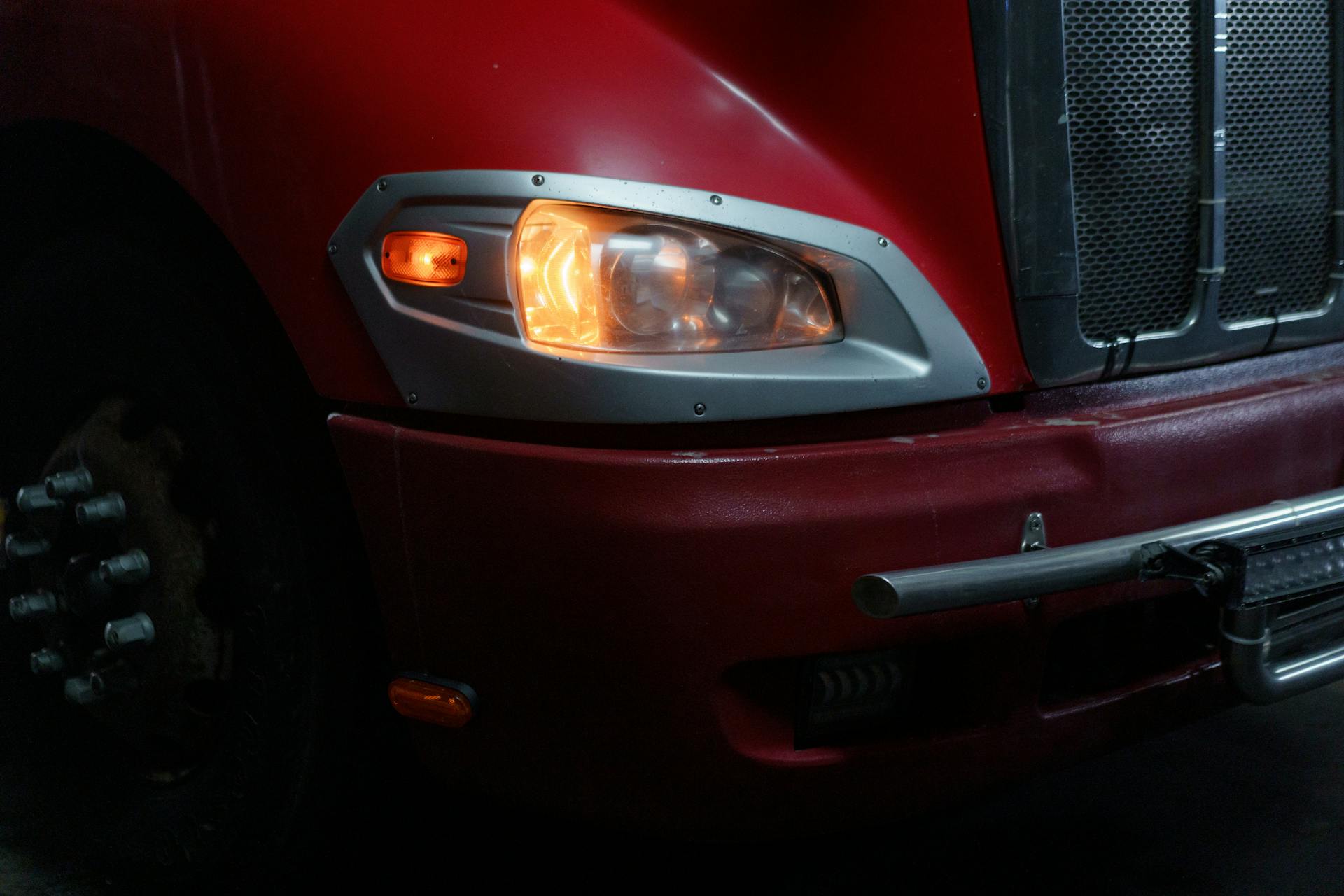Current Challenges in Fleet Management and Safety
Commercial fleets today face a host of operational and safety pressures. Driver shortages, increasingly strict regulatory requirements, and a surge in distracted driving incidents complicate fleet operations. Meanwhile, fleet managers must balance cost-efficiency with robust driver training programs, transparent accountability measures, and reliable incident response protocols. These challenges underscore the importance of a solution that can provide real-time visibility and actionable data—something traditional methods have struggled to deliver effectively.
The Rising Costs of Accidents and Insurance Claims
Accidents are an unfortunate reality for many commercial fleets, often leading to skyrocketing insurance premiums and lengthy legal processes. As insurance providers tighten their policies and premiums climb, fleet owners must prioritize preventive measures. This shift emphasizes proactive safety solutions, such as fleet dash cams, which can supply indisputable video evidence to clarify liability and accelerate claims processing.
How Modern Dash Cams Transform Fleet Operations Beyond Basic Recording
Early-generation dash cams merely captured footage of the road ahead. However, today’s advanced dashboard camera systems do far more than just record. They leverage AI analytics to monitor driver behavior, identify risky actions like harsh braking or speeding, and deliver real-time alerts to drivers and fleet managers. Integrated with telematics platforms, these modern fleet dash cams can generate in-depth performance reports, help tailor driver coaching programs, and even automate compliance with evolving regulations. By providing critical insights into driver conduct and vehicle status, these next-level dash cams enable businesses to enhance safety, reduce operational costs, and boost overall productivity.
Essential Fleet Dash Cam Features That Drive ROI
Not all modern fleet dash cams are created equal. The right combination of features can directly impact your bottom line by preventing accidents, reducing insurance costs, and streamlining operations. Below are the key dash cam capabilities that help fleet managers maximize the returns on their investments.
Advanced AI and Machine Learning Capabilities
Cutting-edge AI-powered dash cams do more than record footage; they continuously learn and adapt to driver behaviors. Machine learning algorithms can identify patterns—such as frequent hard braking or tailgating—and instantly flag these risks. By proactively alerting drivers and fleet managers, AI-enabled dash cams reduce the likelihood of collisions, thereby minimizing repair costs and liability expenses. Over time, the system refines its assessments, ensuring more accurate risk analysis and targeted driver coaching.
Real-Time Driver Alerts and Coaching
Beyond capturing road footage, the most effective fleet dash cams provide immediate feedback to drivers when unsafe behaviors occur, such as speeding or lane drifting. This real-time coaching approach corrects issues on the spot, reinforcing safer driving habits and reducing the risk of accidents. The result? Lower insurance premiums and a safer driving record, leading to fewer vehicle downtimes and improved overall fleet performance.
Automated Incident Detection and Reporting
Modern dash cams can automatically detect incidents—from collisions to near-miss events—and generate detailed reports with timestamps, video clips, and sensor data. This automated approach reduces administrative work and expedites insurance claims. In the event of an accident, rapid access to reliable video evidence can significantly reduce legal disputes and accelerate claim processing, further increasing ROI.
Video Quality and Coverage Options
When disputes or claims arise, clear, high-definition footage is critical. Most advanced dash cams offer 1080p or even 4K resolution, providing crisp visuals that remove any doubt about what happened. Wide-angle lenses or multi-directional coverage can capture every angle—front, side, and rear—ensuring you have a comprehensive view of each incident. This level of clarity helps with liability and offers invaluable insights for driver coaching.
Multi-Camera Configurations
Some commercial vehicles, like tractor-trailers or buses, benefit from multiple cameras mounted in various locations. Multi-camera setups can cover blind spots and other critical viewing angles, giving fleet managers a holistic view of vehicle operations. This expanded coverage protects your drivers and bolsters your defense against false claims and potential insurance fraud.
Night Vision and Adverse Weather Performance
Nighttime and poor weather conditions pose their own set of visibility challenges. Dash cams equipped with infrared or low-light sensors maintain clear footage even in the most challenging environments. High-quality night vision can be the difference between having actionable evidence or an unhelpful, blurry video in the event of an after-hours incident.
Integration with Fleet Management Systems
Syncing dash cam data with your existing fleet management software is a game-changer. This integration provides a unified platform to track vehicle location, monitor driver performance, schedule maintenance, and review dash cam footage. The result is a more streamlined workflow that cuts administrative costs and significantly improves overall efficiency.
GPS Tracking and Telematics Synchronization
By combining GPS tracking with dash cam footage, fleet managers gain a robust layer of context behind driving events. Telematics data (e.g., speed, route history, fuel usage) synchronized with video evidence paints a complete picture of on-road performance. This level of detail is vital for root cause analysis, allowing you to pinpoint exactly why incidents happen and how to prevent them in the future.
Real-Time Fleet Visibility and Control
Access to real-time dash cam feeds allows you to monitor critical events as they unfold. Fleet managers can step in to guide drivers, respond to emergencies faster, or even reroute vehicles around road hazards. This immediate visibility safeguards drivers and assets and elevates customer satisfaction—deliveries stay on time, and problems are resolved swiftly.
Incorporating these advanced features into your fleet dash cam solution can significantly reduce operational costs and risks. Each capability offers tangible returns, from AI-driven coaching to real-time alerts—boosting safety, compliance, and overall fleet performance.
The Hidden Costs of Choosing the Wrong Dash Cam
Selecting a fleet dash cam is a strategic decision that can deliver immense value – or cost more in the long run if done hastily. Below are some of the most common pitfalls in dash cam selection, along with a look at the broader, long-term consequences of installing subpar or poorly integrated systems.
1. Common Pitfalls in Dash Cam Selection
- Low-Quality Hardware: Cheap devices often have limited storage, poor video resolution, and unreliable performance under harsh conditions. If footage becomes unusable at critical moments, you’ve lost a key resource in determining fault or defending against false claims.
- Lack of Advanced Features: Settling for a bare-bones dash cam without AI analytics, real-time alerts, or multi-camera capabilities leaves significant gaps in your fleet’s safety net. This can lead to missed opportunities for proactive coaching and risk mitigation.
- Vendor Lock-In: Some dash cams come packaged with restrictive software licensing or proprietary formats that make it hard to switch providers or integrate new tools. This lock-in can limit your options and inflate your costs over time.
2. Long-Term Implications of Limited Functionality
- Missed Warning Signs: A camera that simply records footage without offering insights into driving behavior provides little help in averting accidents. Issues like habitual speeding or aggressive driving can persist unchecked, eventually leading to costly incidents.
- Inefficient Claims Resolution: Low-resolution video or spotty recording can create gray areas when determining liability. This can lead to lengthy legal battles and higher insurance premiums, negating any short-term savings you might have gained from purchasing an inexpensive dash cam.
- Lost Operational Efficiency: Modern fleets rely on data-driven insights to optimize routes, reduce fuel consumption, and proactively maintain vehicles. Dash cams that don’t integrate with telematics or analytics platforms may force you to manage multiple disconnected systems, increasing administrative complexity and cost.
3. Real-World Examples of System Limitations
- Hardware Failures Under Extreme Conditions: Imagine a long-haul truck that experiences extreme heat and cold. A lower-grade dash cam might fail or provide inconsistent performance, compromising evidence when it is needed most, like during a weather-related incident.
- Inadequate Video Coverage: A single forward-facing camera may not capture critical events at the vehicle’s sides or rear. This gap often leads to unresolved insurance disputes or difficulty coaching drivers on blind spot awareness.
- Slow or Nonexistent Software Updates: Some dash cams have outdated operating systems that aren’t regularly updated. As a result, security vulnerabilities, performance bugs, and compatibility issues can accumulate, putting your fleet at greater risk.
4. Integration Challenges with Existing Fleet Technology
- Siloed Data: When dash cam footage doesn’t sync with your fleet management software, you must manage multiple dashboards and data sources. This siloed approach undermines efficiency, preventing your team from quickly analyzing and acting on vital safety metrics.
- Inconsistent User Experience: Different systems often mean different logins, user interfaces, and reporting methods. Training drivers and fleet managers on numerous tools can be time-consuming and prone to errors.
- Costly Workarounds: Without plug-and-play integration, companies may need to invest in third-party middleware or custom coding to merge dash cam footage with telematics data. These costs add up quickly, reducing any initial savings you might have enjoyed by choosing a cheaper solution.
In the quest to cut costs, it’s easy to overlook the true long-term expenses and operational inefficiencies that arise from choosing the wrong fleet dash cam. By prioritizing systems with robust features, reliable hardware, and seamless integration, you’ll avoid these pitfalls and ensure that your investment continues to pay off for years.
Building Your Fleet Dash Cam Strategy
Investing in the right fleet dash cam solution is only half the battle; you also need a clear, forward-thinking strategy to guide your decisions. Below are key considerations that help ensure long-term success – from choosing the right hardware and software to meeting evolving compliance standards.
Assessing Your Fleet’s Specific Needs
- Fleet Size and Vehicle Types
Different vehicles have different monitoring requirements. A single truck making cross-country deliveries has distinct needs compared to a local delivery van or a passenger bus. Determine how many cameras you need per vehicle, and consider specialized hardware—such as waterproof or vibration-resistant models – if you operate in harsh conditions. - Operational Requirements and Pain Points
Identifying your biggest headaches – frequent accidents, high insurance premiums, or driver safety concerns—will help you prioritize dash cam features. For instance, if distracted driving is a big issue, look for cameras with real-time alerts and in-cab audio coaching.
Future-Proofing Your Investment
- Scalability Considerations
Your fleet may expand over time. A flexible dash cam system that can easily add new vehicles or upgrade existing hardware is essential. Look for solutions offering modular components and flexible subscription plans so you’re not locked into a one-size-fits-all setup. - Technology Upgrade Paths
The rapid pace of AI and telematics innovation means your dash cam system will likely need software updates and new features to stay current. Opt for vendors with a proven track record of regular updates and a clear roadmap for future enhancements. This ensures your technology stack remains cutting-edge, delivering more value for each upgrade cycle.
Compliance and Legal Requirements
- Regulatory Standards
Fleet managers must stay abreast of shifting legal landscapes from DOT regulations to state-specific privacy laws. For instance, the Federal Motor Carrier Safety Administration (FMCSA) oversees commercial driver hours of service and electronic logging device mandates. Still, local privacy or labor laws might also influence how you record in-cab video. Check that your chosen dash cam solution aligns with all relevant requirements. - Data Retention Policies
Many fleets maintain video footage for a set period to address potential insurance or legal claims. This process must be clearly defined: How long do you store video data? Who has access? The best fleet dash cams offer tiered storage plans so you can scale your data retention to match changing legal and operational needs.
Privacy Considerations
- Respecting Driver Concerns
In-cab cameras can raise driver privacy questions. Open communication about how dash cam footage is used, who reviews it, and why it’s necessary can help build trust. Consider implementing internal policies that limit video reviews to incidents or specific training scenarios. - Balancing Risk Management and Ethics
Striking a balance between safeguarding your fleet and respecting driver rights is critical for long-term success. Cameras that capture interior footage should be used responsibly—often with features like audio muting or visual-only modes during off-hours.
When forming a comprehensive fleet dash cam strategy, begin by analyzing the unique demands of your fleet—vehicle types, operational challenges, and regulatory mandates. Then, invest in a system designed to grow and adapt as your business evolves. By carefully balancing compliance, privacy, and high-tech innovation, you’ll secure a lasting solution that pays dividends in safety, liability protection, and overall fleet performance.
Gentrifi’s Advanced Dash Cam Solutions
When it comes to fleet dash cams, Gentrifi goes beyond simple hardware to deliver an integrated, end-to-end solution. From AI-powered video analysis to seamless telematics integration, Gentrifi’s offerings address modern commercial fleets’ unique challenges – helping them cut costs, improve safety, and streamline operations.
Comprehensive Feature Comparison
- AI & Machine Learning
Gentrifi’s dash cam systems tap into advanced AI and machine learning algorithms to recognize risky driving behaviors—like tailgating or harsh braking—and alert drivers in real time. These predictive analytics help reduce collisions and associated costs. - Crystal-Clear HD Footage
High-definition cameras (up to 4K resolution) capture footage with exceptional clarity, ensuring there’s never any doubt about what happened. Wide-angle lenses and multi-cam setups provide complete coverage, including front, rear, and side views. - Real-Time Monitoring & Alerts
Fleet managers can access a unified dashboard to view live footage, track vehicles via GPS, and receive instant notifications about on-road incidents or compliance violations. This 24/7 visibility allows for rapid response and improved decision-making. - Seamless Software Integration
Gentrifi’s dash cam solutions integrate seamlessly with its fleet management software, enabling you to analyze driver performance metrics, vehicle diagnostics, and route data in a single interface. This unified approach keeps operational data connected and actionable.
Industry-Specific Benefits and Applications
- Long-Haul Trucking
Gentrifi’s solutions are built to withstand extreme weather conditions and constant road vibration. AI-driven coaching helps reduce fatigue-related incidents, while multi-camera configurations eliminate blind spots during lane changes. - Delivery & Last-Mile Fleets
Urban congestion and tight delivery windows demand real-time visibility. Gentrifi’s advanced fleet dash cams offer instant alerts for congested routes and provide proof-of-delivery video evidence if disputes arise. - School Bus & Passenger Transport
Gentrifi’s interior and exterior cam configurations offer unparalleled monitoring for fleets responsible for passenger safety. Real-time feeds help dispatchers respond to emergencies swiftly, and detailed driver-behavior reports aid in compliance with local safety regulations. - Field Service & Utility Vehicles
Remote teams often operate in rugged terrain. Gentrifi’s robust hardware and cloud-based software ensure reliable footage capture and instant geolocation services, even in low-connectivity regions.
Implementation and Support Services
- Custom Onboarding & Training
Gentrifi offers hands-on support, from hardware installation to software configuration, during system deployment. Tailored training sessions benefit fleet managers and drivers, ensuring a smooth transition and rapid adoption. - Ongoing Updates & Maintenance
As regulations evolve and new technologies emerge, Gentrifi rolls out firmware updates and feature enhancements, keeping your dash cam system current—at no extra cost or disruption to your operations. - Dedicated Customer Success Team
Gentrifi pairs each client with a dedicated success manager who provides proactive monitoring, performance tips, and quick resolution of any issues. This partnership approach helps you continuously optimize your dash cam strategy for maximum ROI.
With a deep understanding of modern fleets’ challenges, Gentrifi’s advanced dash cam solutions deliver more than just video footage—they provide actionable data, continuous innovation, and dedicated support. Whether you’re looking to enhance driver safety, reduce costs, or stay ahead of regulatory changes, Gentrifi has the technology and expertise to make it happen.
Making an Informed Decision
Choosing the right fleet dash cam solution isn’t just about technology—it’s a long-term investment in your business’s safety, efficiency, and bottom line. Below are the key factors to help you make an informed choice and set yourself up for maximum return on investment (ROI).
1. Total Cost of Ownership Analysis
Remember to look beyond the sticker price when evaluating different dash cam solutions. Factor in hardware costs, software licensing fees, installation expenses, and the time needed to train your team. Also, consider potential insurance discounts, as many providers lower premiums for fleets that employ advanced safety technologies. You’ll gain a realistic picture of long-term value by comparing these cumulative expenses against potential savings – reduced collisions, fewer maintenance issues, and quicker claims resolution.
2. Implementation Timeline and Considerations
Implementing a new dash cam system involves hardware installation, software setup, and administrative alignment. A phased rollout—starting with a small set of vehicles—can help identify any integration challenges early on, minimizing disruptions. Gentrifi supports clients through each step, from selecting appropriate hardware to fine-tuning data dashboards, ensuring a smoother transition and faster time-to-value.
3. Training and Adoption Strategies
Technology is most effective when everyone knows how to use it. Focus on driver onboarding and training modules that clarify how dash cams work and why they’re beneficial. Let drivers explore features like real-time coaching so they become active participants in improving safety rather than feeling policed. Additionally, ensure back-office teams understand how to navigate the analytics and reporting tools – because the more you leverage these insights, the more value you’ll extract from the system.
4. Measuring Success and ROI
Track key performance indicators (KPIs) such as accident frequency, driving behavior metrics (e.g., harsh braking, speeding), and insurance premium changes to gauge effectiveness. Some fleets measure driver behavior scores monthly, sharing improvements to reinforce positive habits. This data-driven feedback loop keeps drivers engaged and provides a clear framework for demonstrating ROI to stakeholders.
Ready to Elevate Your Fleet Safety Strategy?
Gentrifi’s advanced dash cam solutions deliver a powerful combination of AI-driven insights, seamless integration, and dedicated support, ensuring measurable safety improvements and tangible cost savings. Contact us today to learn how Gentrifi can transform your fleet operations and help you stay ahead in an ever-evolving market.






